Pokémon Manhole Covers Adorn Japan's Streets
Cities and towns throughout Japan are adorned with colorful, charming Pokémon manhole covers offering a tantalizing treasure hunt for fans. As of November 2023, there are 320 fully colored “Poké Lids” dotting Japan, with many being in off-beat, hidden gem locations in places like Tokyo, Hokkaido, Miyazaki, and Miyagi.
By Steven CsorgoBrightening Up Japan’s Streets with Dazzling Manhole Art
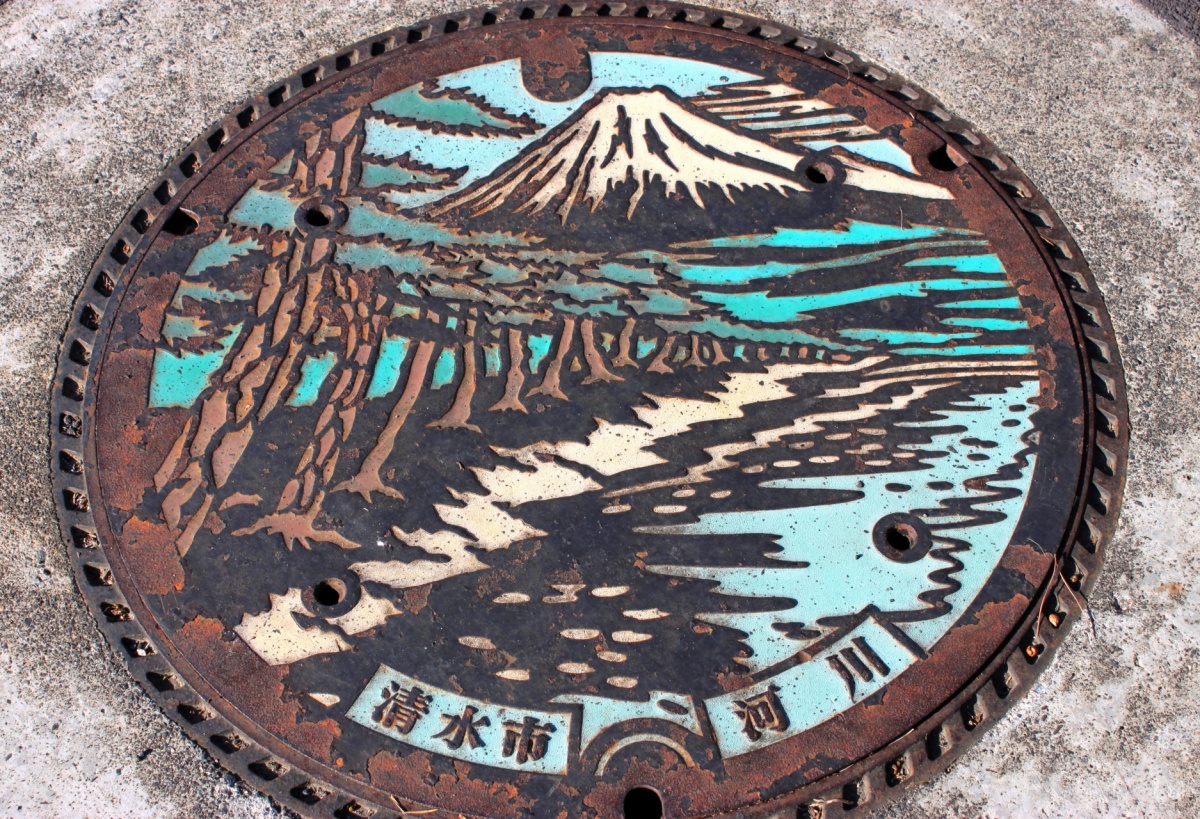
https://www.photo-ac.com/main/detail/3932442?title=%E9%9D%99%E5%B2%A1%E3%80%80%E3%83%9E%E3%83%B3%E3%83%9B%E3%83%BC%E3%83%AB&searchId=913407621
Even before Pokémon, Japan has long sought to beautify its streets through artistic manhole covers. Many of these showcase quintessential Japanese scenes like Mt. Fuji, Osaka Castle, and the ubiquitous cherry blossoms, or popular anime franchises such as Astro Boy, Love Live, and Gundam. The first manhole cover in Japan to feature an original design debuted in 1978, while the first full-color iteration entered the scene in 1981. By 2000, over 10,000 unique manhole covers dotted Japan, cultivating a passionate fan base traveling great distances to locate and photograph them all.
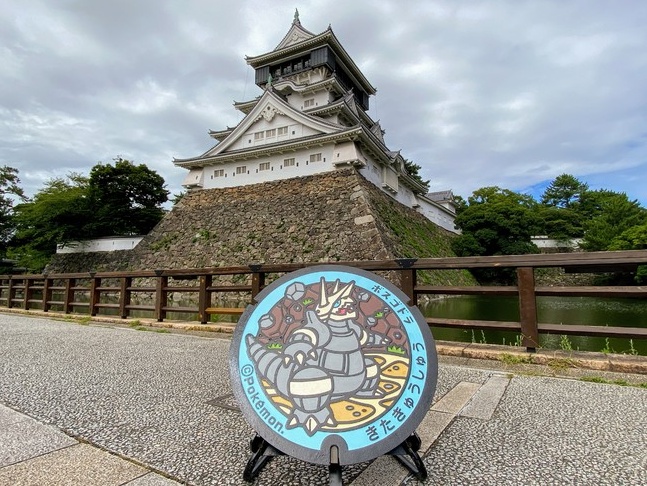
https://prtimes.jp/i/26665/311/resize/d26665-311-2ad99eb7ee27d9440e02-2.jpg
Appearing for the first time in 2018, Poké Lid manhole covers have steadily expanded to cover over 300 spots across almost half of Japan’s 47 prefectures. The project is spearheaded by Pokémon Local Acts, who are using the influence of Pokémon to increase tourism to destinations often overshadowed by more prominent attractions. The first location selected for a Poké Lid was Ibusuki, a small city in southern Japan renowned for its hot springs and black-sand spas.
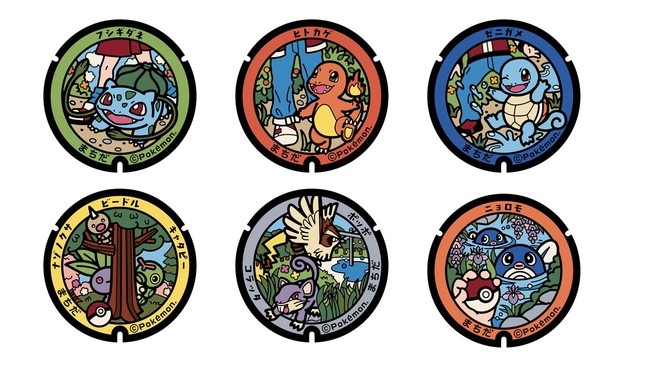
https://imgix.kotaku.com.au/content/uploads/sites/3/2020/08/21/uxv6oxucugb2mqx3tqck.jpg?auto=format&fit=fill&q=65&w=720
In September 2021, 5 brand-new Poké Lids featuring Magnemite, Mawile, and the legendary Pokémon Raikou backed by scenes of Higashiosaka were unveiled in Osaka. These were the first of their kind in the area. Tokyo currently boasts 8 Poké Lids, with the beloved Charmander, Squirtle, and Bulbasaur found in Machida City in west Tokyo, while Tyrunt, Wynaut, and Bronzor can be spotted just a short stroll from Ueno Station. The iconic Pikachu sits right outside Sakuragicho Station in the neighbouring city of Yokohama, which is also home to the annual “Pikachu Outbreak” parade. Those seeking more of an adventure can try heading out from Tokyo to the remote island of Chichijima to uncover Mew, Charizard, Venusaur, and Blastoise.
Local Icons Meet Pokémon Magic
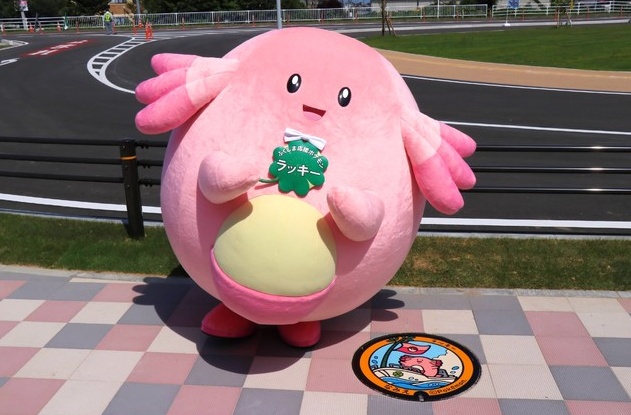
https://prtimes.jp/i/26665/188/resize/d26665-188-171308-2.jpg
Besides brightening up streets and pleasing fans, many of Japan’s Poké Lids aim to highlight and celebrate the characteristics of the surrounding localities. For example, the four Poké Lids in the quaint township of Ojiya, Niigata, feature the fish Pokémon Magikarp, referencing the area's fame as the origin of the “nishikigoi” colorful carp (seen below). Meanwhile, the famous sand dunes of Tottori naturally see many of its numerous Poké Lids featuring Sandshrew, which is simply called “Sand” in Japan. Some prefectures have also opted to select their own Pokémon mascot, with Slowpoke adorning all 17 Poké Lids in Kagawa, while Chansey represents Fukushima, Lapras for Miyagi, and Geodude for Iwate. The latter three were specially selected to spread cheer throughout these regions after they were devastated by the 2011 Tohoku earthquake and tsunami.
Other connections to local areas include:
- Uruma, Okinawa: The bull-like Pokémon Tauros coming from the area’s rich bullfighting history.
- Miyazaki: The palm-tree Pokémon Exeggutor, referencing the prefecture’s palm tree-lined coasts.
- Otsu, Shiga: The gigantic sea serpent Gyarados, inspired by the town’s location next to Lake Biwa, Japan’s largest lake.
- Ikaruga, Nara: The cute deer-like Pokémon Deerling, likely coming from Nara’s flourishing deer population, particularly seen around Nara Park.
- Awaji Island, Hyogo: The marine Pokémon Cloyster and sea slug-like Gastrodon, inspired by the island’s abundant seas and the whirlpools of the Naruto Strait.
- Hokkaido: The fox Pokémon Vulpix, coming from the Sakhalin fox/Ezo red fox, which is native to Hokkaido.
The Best Places to Find Poké Lids
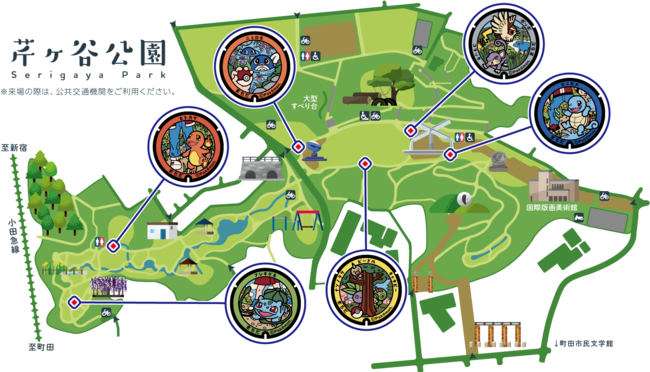
https://www.city.machida.tokyo.jp/shisei/city_promotion/pokemonmanhole.images/pokefutamap.png
If you’re short on time, the most concentrated collection of Poké Lids are in Machida in Tokyo, Ojiya in Niigata, Kyoto City in Kyoto, Higashiosaka in Osaka, Ikaruga in Nara, Kurashiki in Okayama, Kitakyushu in Fukuoka, and Ibusuki in Kagoshima. While prefectures like Miyazaki, Tottori, Kagawa, Hokkaido, Iwate, Miyagi, and Fukushima boast a huge number of Poké Lids, they are spread widely and will likely require a car and ample time to see more than one. You can view all existing Poké Lids plus information on the surrounding areas on the official Poké Lids website.
While there have been no further announcements, there are definite plans to continue adding more Poké Lids across Japan in the future. There are also plans to make each Poké Lid into a PokéStop in the mobile game Pokémon GO, adding further interactivity with the project.
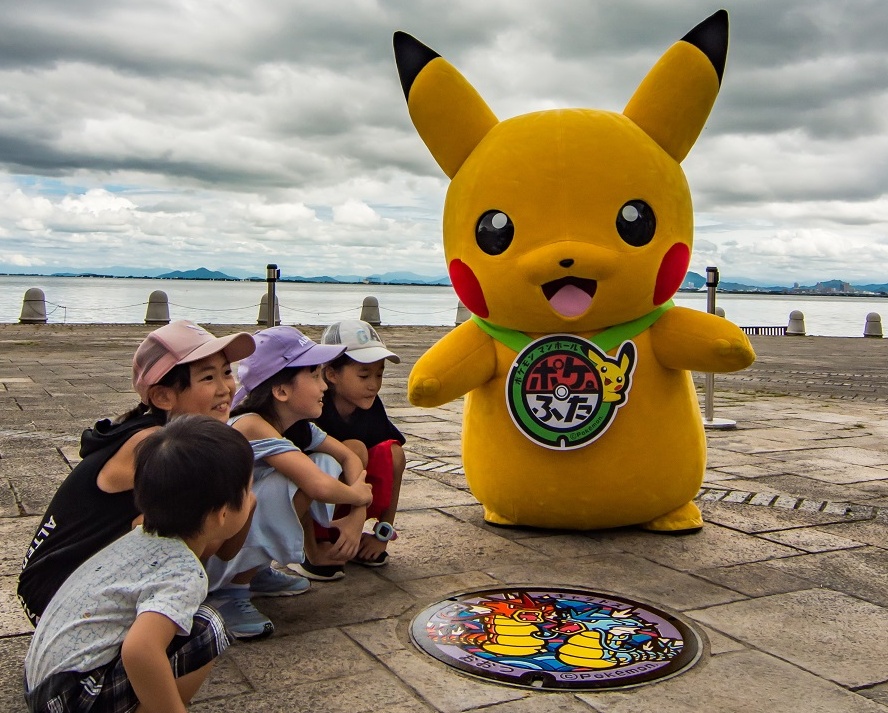
https://www.city.otsu.lg.jp/material/images/group/1/HP03.JPG
These beautifully designed Poké Lid manhole covers offer a fun and fresh way to discover lesser-known destinations and cultures in Japan through the global appeal of Pokémon. Next time you’re planning a trip to Japan, check out the Poké Lids website and see if you can throw in a few Pokémon encounters!




